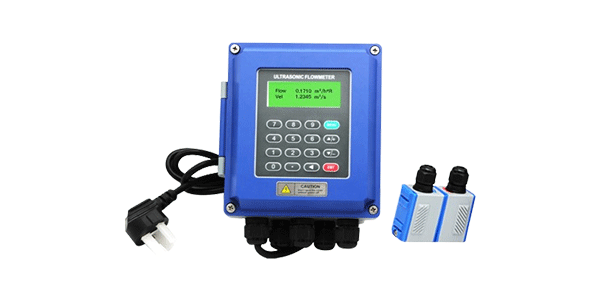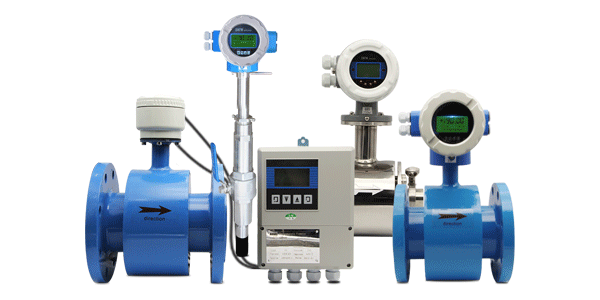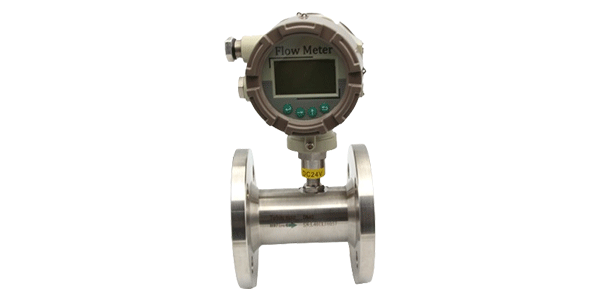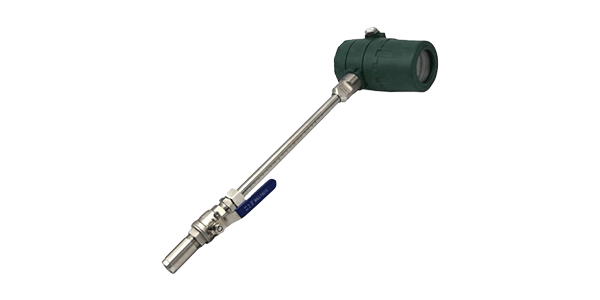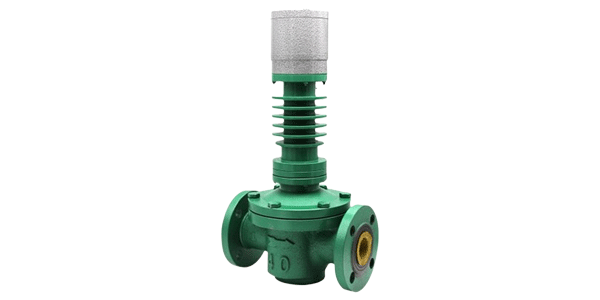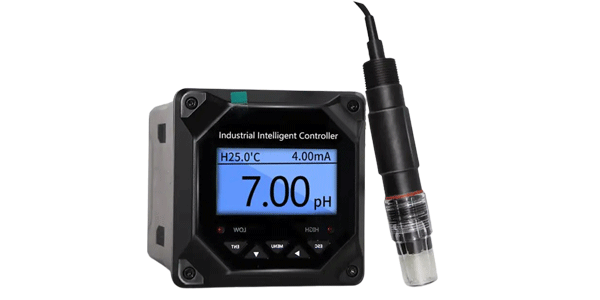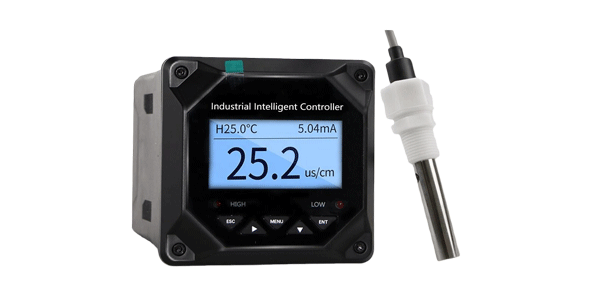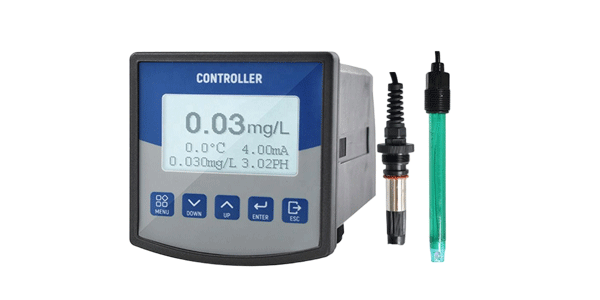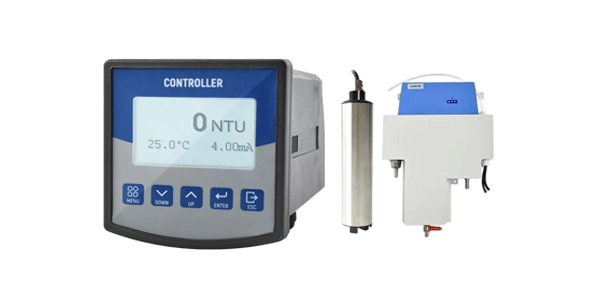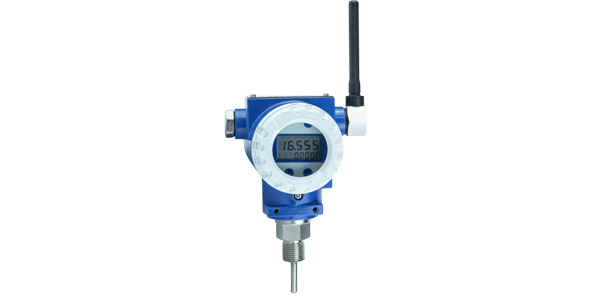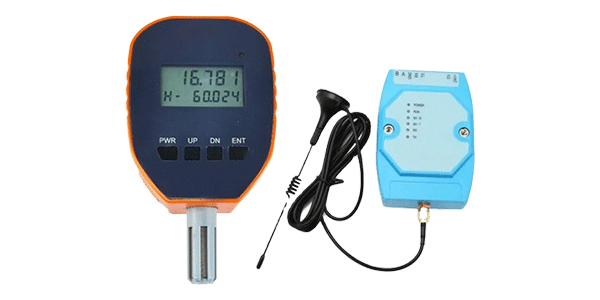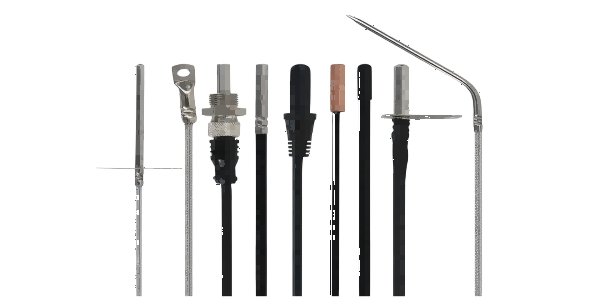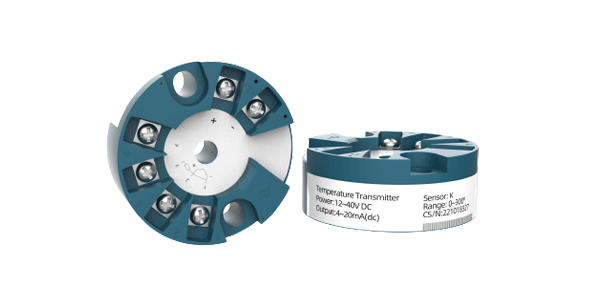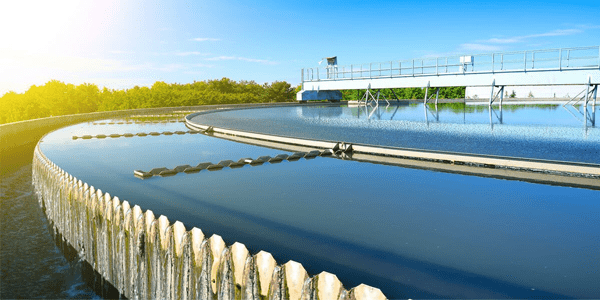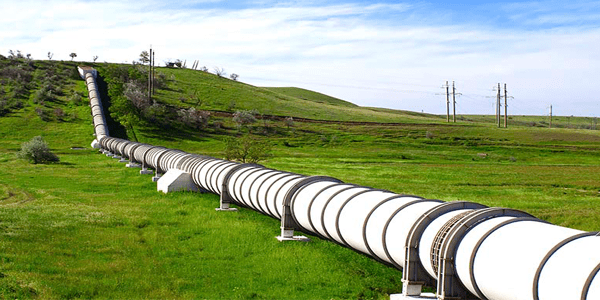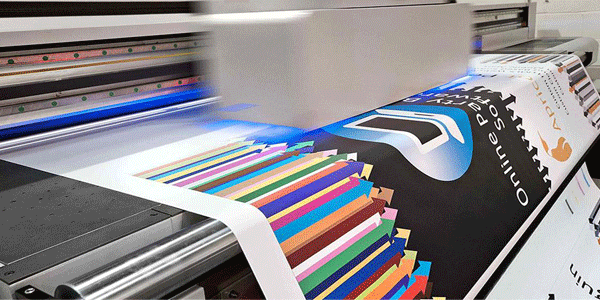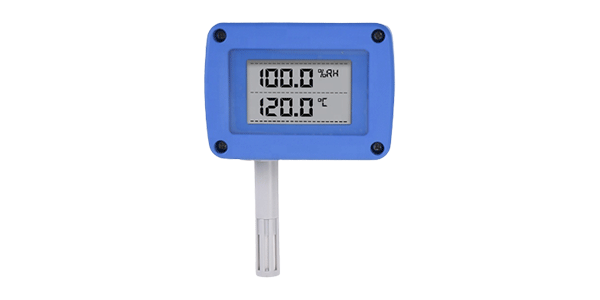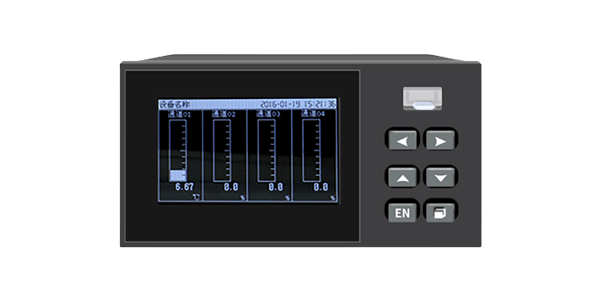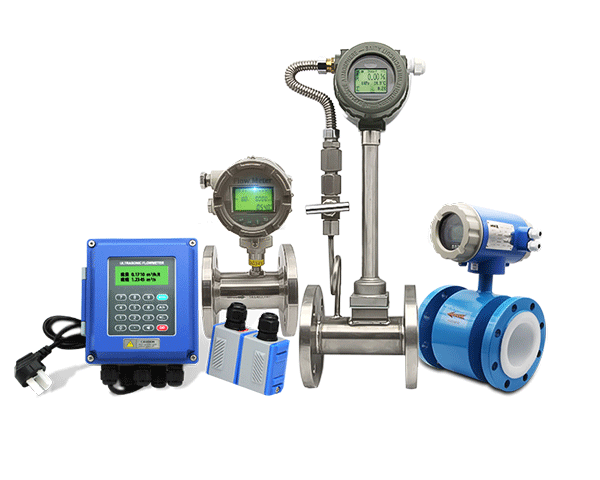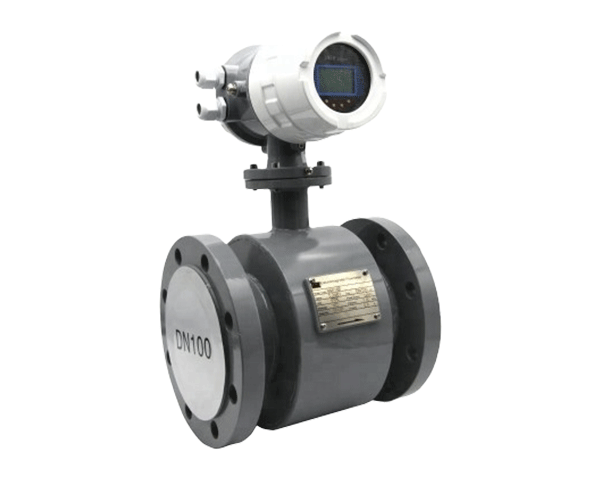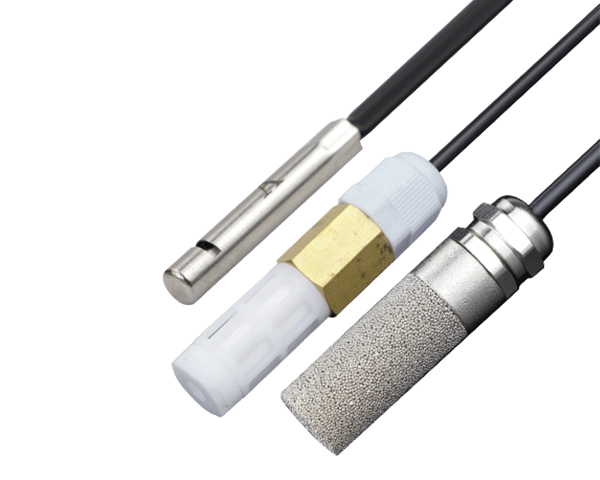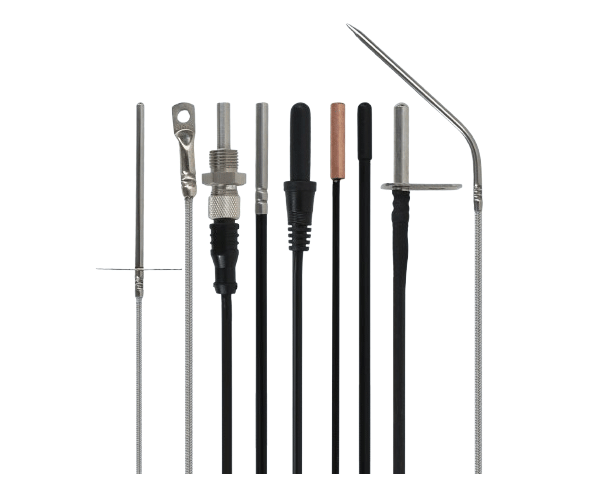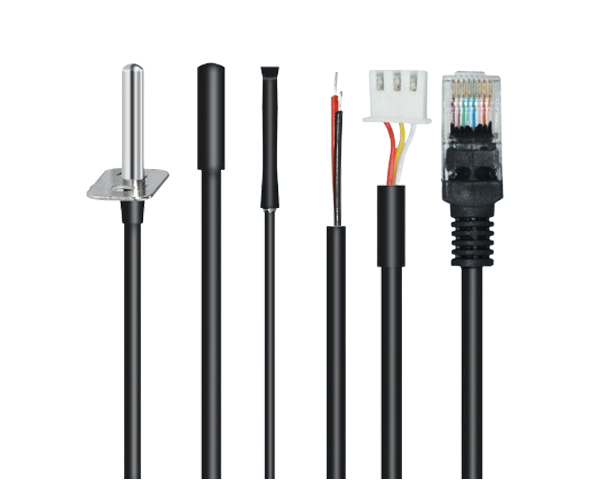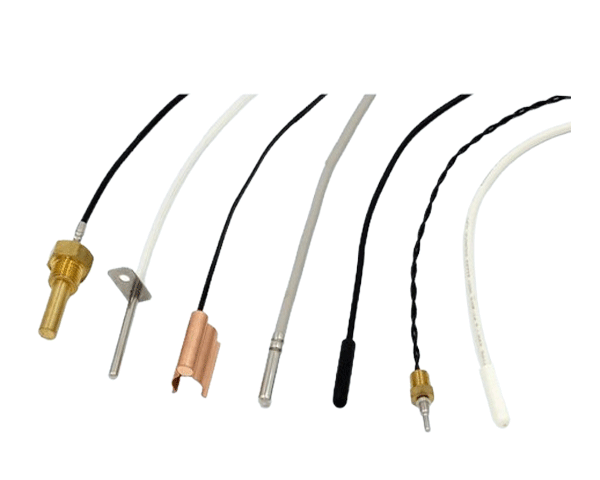If you're measuring water conductivity, you likely need to either verify water purity, monitor process quality, or ensure regulatory compliance. This comprehensive guide will help you understand not just how to take measurements, but how to select the right equipment, avoid common pitfalls, and interpret your results accurately for your specific application.
What Water Conductivity Reveals About Your Water Quality
Electrical conductivity measures water's ability to conduct an electric current, which directly correlates to the concentration of dissolved ions like sodium, calcium, magnesium, and chloride. Unlike resistivity (which measures purity resistance), conductivity increases with more ionic contaminants.
Consider these real-world applications:
-
Pharmaceutical manufacturing requires ultrapure water (typically 1-5 μS/cm)
-
Drinking water treatment monitors for acceptable ranges (50-500 μS/cm)
-
Agricultural irrigation assesses salinity damage risk (over 750 μS/cm may harm crops)
-
Industrial wastewater compliance testing (varies by discharge permits)
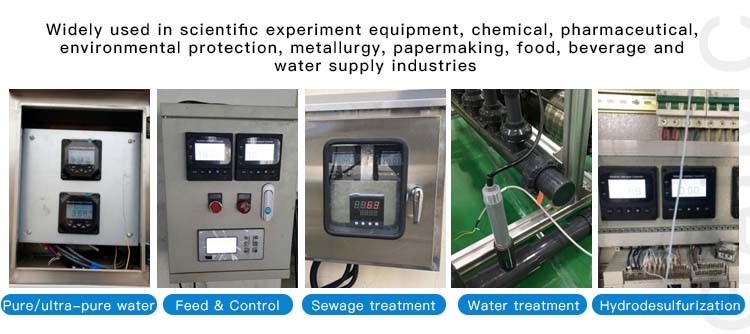
Selecting the Right Conductivity Sensor: Beyond Basic Specifications
Choosing between 2-pole, 4-pole, or toroidal sensors depends on your actual measurement range and solution characteristics:
Two-Electrode Sensors
While budget-friendly for basic applications, 2-pole sensors face significant limitations in low-conductivity applications due to polarization effects. As ions accumulate around electrodes, measurement accuracy degrades below 20 μS/cm.
Four-Electrode Sensors
Four-electrode designs overcome polarization through separate current and voltage electrodes. In our experience with industrial water treatment systems, 4-pole sensors maintain accuracy in challenging conditions including varying temperatures and fouling potential. They typically cover ranges from 0.1 μS/cm to 1,000 mS/cm.
Toroidal (Electrodeless) Sensors
For applications with heavy fouling or coating tendencies—such as wastewater or chemical processes—toroidal sensors provide the most reliable performance. Since the sensing elements are encapsulated in corrosion-resistant materials, they resist degradation from abrasive or corrosive media.
Field Experience Insight: Based on our field experience, we recommend toroidal sensors for food processing, pharmaceutical CIP systems, and mining wastewater applications where sensor fouling would otherwise require frequent maintenance.
Avoiding These Common Conductivity Measurement Errors
Temperature Compensation Misapplications
All conductivity measurements are temperature-dependent. While most meters offer automatic temperature compensation, this feature assumes a standardized temperature coefficient (typically 2.0%/°C). For precise measurements in specialized applications, determine your solution's actual temperature coefficient through laboratory analysis.
Contamination Control
In ultrapure water systems, even airborne CO₂ can dissolve and form conductive carbonic acid. We've documented measurements drifting by 0.1 μS/cm within minutes of sample exposure to laboratory air. For accurate ultrapure water measurements, use closed-flow systems with minimal sample exposure.
Calibration Frequency
Unlike pH sensors that require frequent calibration, conductivity cells maintain stability longer. However, we recommend monthly verification against standard solutions for critical processes. For applications with fouling potential, more frequent verification is necessary.
Electrode Selection Errors
Using the wrong sensor type for your conductivity range leads to significant accuracy issues. Two-electrode sensors struggle with low conductivity, while toroidal sensors may not provide optimal performance in ultrapure water applications.
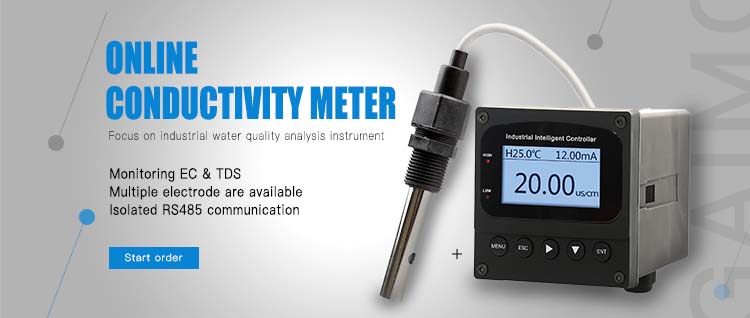
Practical Measurement Techniques for Different Water Types
Ultrapure Water Measurements
For water below 5 μS/cm, use a sealed flow-through cell with temperature compensation and minimal tubing contact. Allow the system to stabilize for accurate readings, as equilibrium takes time in low-ionic-strength solutions.
High-Conductivity Applications
For seawater, brines, or concentrated process streams (above 100 mS/cm), electrode selection becomes critical. Four-electrode or toroidal sensors prevent the "field effect" errors common with two-electrode designs in high-conductivity media.
Field Measurements
Portable conductivity meters require different considerations. We recommend using meters with automatic range switching and built-in temperature sensors. Always calibrate with standards close to your expected measurement range when working in variable field conditions.
Implementing Reliable Conductivity Monitoring Systems
Based on our experience across multiple industries, successful conductivity monitoring requires more than just a quality sensor. The complete measurement system must address your specific operational requirements.
Technical Insight: For critical process applications, we've found that integrated systems with built-in diagnostics provide the most reliable performance. For example, GAIMC's GWQ-EC200 series conductivity meters include sensor integrity checking and automatic calibration reminders that help prevent measurement drift in continuous monitoring applications.
When selecting equipment, consider these often-overlooked factors:
-
Electrode cable length limitations (long cables can introduce capacitance errors)
-
Chemical compatibility of wetted materials with your process media
-
Pressure and temperature ratings for your specific installation
-
Output options (4-20mA, HART, PROFIBUS) for system integration
In wastewater treatment installations, we've achieved significant reliability improvements by matching sensor materials to the specific corrosive elements in each application, rather than using a one-size-fits-all approach.
Water Conductivity Measurement FAQs
How often should I calibrate my conductivity sensor?
For most applications, monthly calibration verification is sufficient. However, critical processes or applications with fouling potential may require weekly verification. Always calibrate when replacing sensors or after cleaning procedures.
Can I use one conductivity sensor for both pure water and concentrated solutions?
Generally not recommended. Sensors have optimal measurement ranges, and using one sensor across extreme ranges compromises accuracy. For applications requiring both high and low conductivity measurements, consider separate sensors or a four-electrode sensor with wide range capability.
Why does my conductivity reading fluctuate in pure water applications?
Ultrapure water is highly susceptible to contamination from airborne gases (especially CO₂) and leaching from sampling containers. Use closed-flow cells with minimal contact time and ensure proper system equilibration for stable readings.
What's the difference between conductivity and TDS measurements?
Total Dissolved Solids (TDS) is typically calculated from conductivity using a conversion factor (usually 0.5-0.7). While conductivity directly measures ionic content, TDS represents an estimated weight of dissolved materials. The conversion factor varies by water composition.
Need Specific Guidance for Your Application?
Selecting the right conductivity measurement approach depends on your specific water type, process conditions, and accuracy requirements. Our technical team brings decades of combined experience across pharmaceutical, industrial, and environmental applications.
Consult Our Measurement Specialists
We'll help you identify the most appropriate measurement strategy for your specific requirements and budget constraints.
